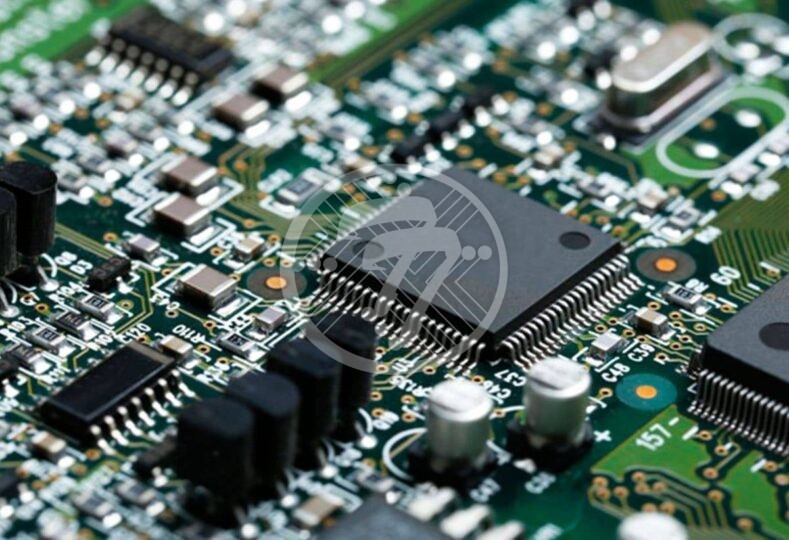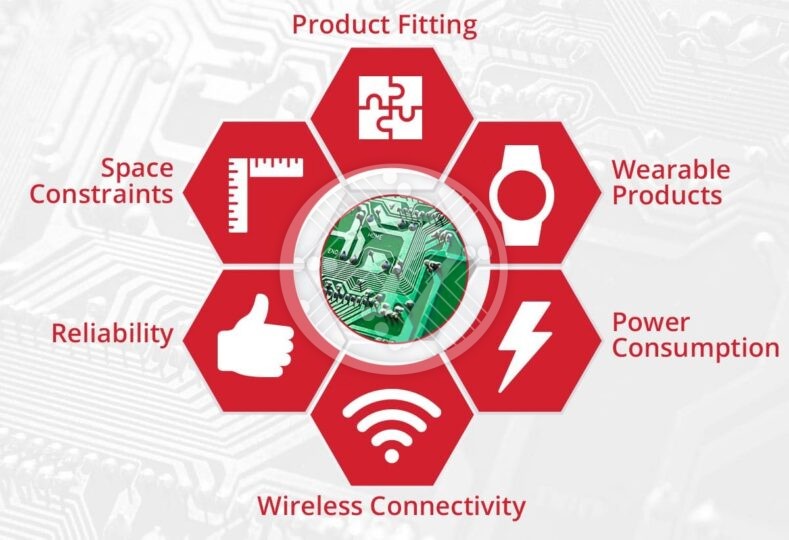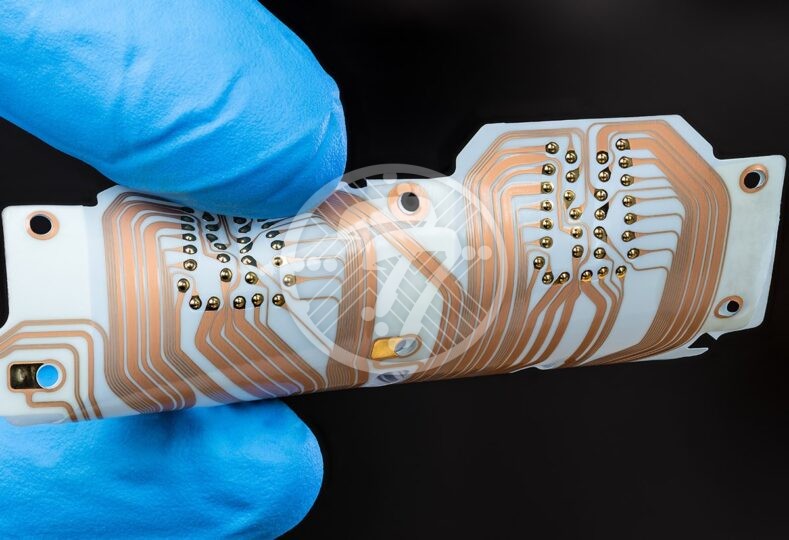The importance of IPC Standards for PCB Manufacturing

Technological advances have ensured that Printed Circuit Boards cannot only perform complex functions they can also be produced inexpensively. This is the exact reason why PCBs are an integral part of so many devices. However the quality of the device is directly proportional to the quality of the PCB used. PCB failure can therefore have debilitating consequences wherein entire systems can fail. It is therefore extremely important to stick to some quality measures in the PCB design and manufacturing process.
IPC PCB Standards
The Institute for Printed Circuit Boards (actually, it is a name the association was formerly known as; currently it is called Association Connecting Electronics Industries, even though it has retained the IPC moniker) is a global trade association, which has set certain standards for the manufacture of PCBs as well as other electronic components. Founded in 1957, the institute releases acceptability standards for Printed Circuit Boards. The Industry Association has over 4000 members that make and design PCBs and assemblies, which include but are not limited to the following industries:
- Military and aerospace
- Automotive
- IT
- Industrial equipment
- Medical equipment and devices
- Telecommunications
IPC standards, therefore, are industry-adopted standards for nearly every step of PCB manufacturing, beginning with design, production, and finally for electronic assembly.
Primary benefits that accrue from adhering to IPC standards issued by the industry body:
-
Consistency
– By maintaining IPC certification, you can ensure that you produce high quality PCBs consistently. This in turn translates into customer satisfaction and therefore improved business.
-
Improved communication
– IPC certification ensures that vendor and PCB manufacturer use the same terminology so there isn’t any scope of miscommunication. It becomes a common language between designers, assemblers, and testers. With everyone on the same page, there is no scope of confusion, besides improved speed. With improved cross channel communication, overall production time and efficiencies automatically see an improvement.
-
Reduced costs
– What naturally follows from improved communication is a reduction in cost as there are reduced rebuilds and reworks.
As per IPC there are several advantages of being trained and certified to use IPC standards. These include:
- Having standardized training programs that enhance understanding and application.
- Developing an understanding of the accept and reject criteria
- Teaching methods and processes that enhance skills
- Teaching techniques to apply the various criteria to production.
IPC standards come in a variety of classes. One of the commonly used one being the IPC-A-610. Some of the elements that IPC-A-610 covers includes but is not limited to:
- Heat sinks
- Solders
- Terminal connections
- Component mounting
- Chip components
- Terminations
- Arrays
- Laminate conditions
Some of the basic principles of the IPC-A-610 classes are:
Class 1
This is applicable for General Electronic Products where the major requirement is function of the completed assembly. This is therefore considered as one of the most lenient classes when it comes to allowing potential defects and therefore isn’t one that OEMs request.
Class 2
This is the standard that is very often put to use for non-critical assemblies where long term reliability is a pre-requisite, although this class also allows for some degree of imperfection.
Class 3
This is the highest standard, meant for the more critical PCB assemblies. A good CEM provider will therefore manufacture products to class 3 standards. This does call for a higher cost as there is extra inspection involved as well as the need to slow down surface mount machines to ensure the required placement accuracy. Conversely, it may sometimes require an allowance for higher degrees of scrap.
The advantage of using the IPC standards also stems from the fact that they have worldwide acceptance and that they have been tested across myriad industries. However if there is any conflict when it comes to acceptance of the product, as per the IPC, the following order of precedence applies:
- Procurement as agreed and documented between customer and supplier
- Master drawings
- IPC-A-610
IPC has also defined conditions that help refine processes. These conditions include:
Target Condition
– This is a near perfect condition, which is the ideal to aim for, even though it may not always be achievable
Acceptable Condition
– While this condition may not be ideal as there could be trade offs between design and performance, however this condition maintains reliability.
Defect Condition
– This is where the product is rejected as it needs rework or repair
Process Indicator Condition body:
– These are conditions that aren’t known to affect either the form or function of the product but emanate from material, design or machine related factors.
Essentially then, IPC Standards help the manufacturer to clearly understand customer requirements and deliver up to expectations. As a customer you can select the IPC standard class and be rest assured that the product will live up to your requirements.
At Technotronix, we are fully equipped to handle your PCB manufacturing requirements. With over 4 decades of experience in PCB manufacturing as well as assembling PCBs with differing levels of complexities, we follow industry best practices to ensure we deliver cutting-edge products. Our team of experts and state-of-the-art equipment ensures that all our PCBs meet the industry standards of quality and testing. It is our vast portfolio of satisfied clients that stand as the biggest testimony to our success. In case if you have any questions, please feel free to contact us via email at [email protected]









